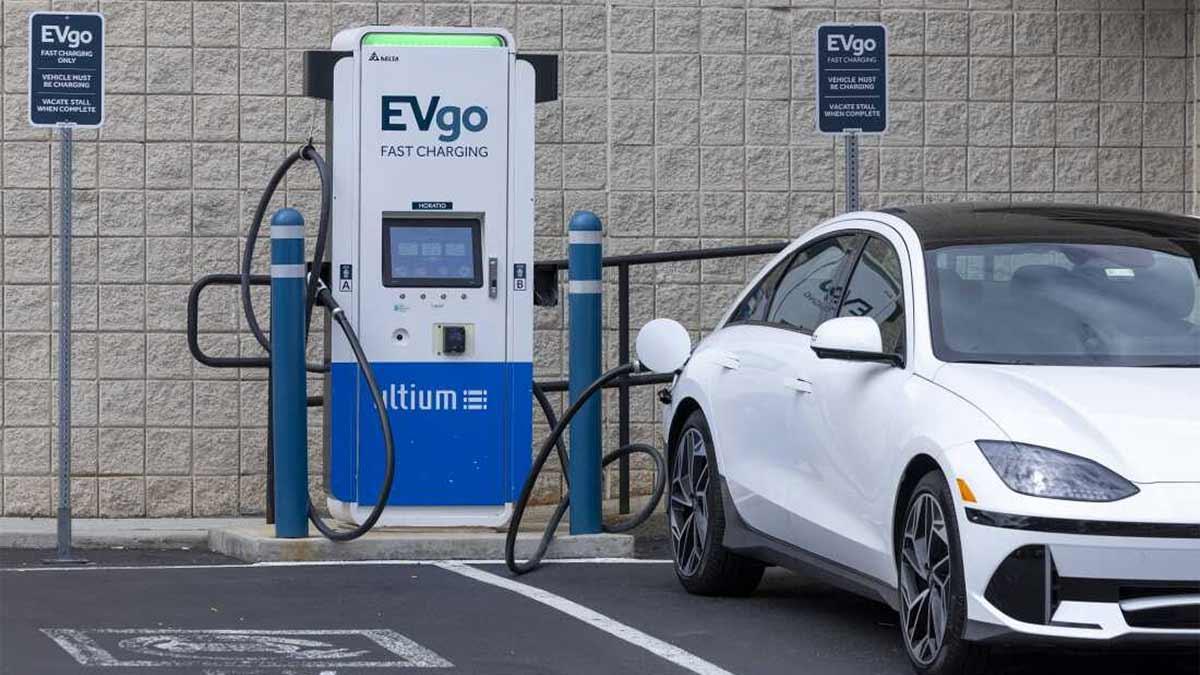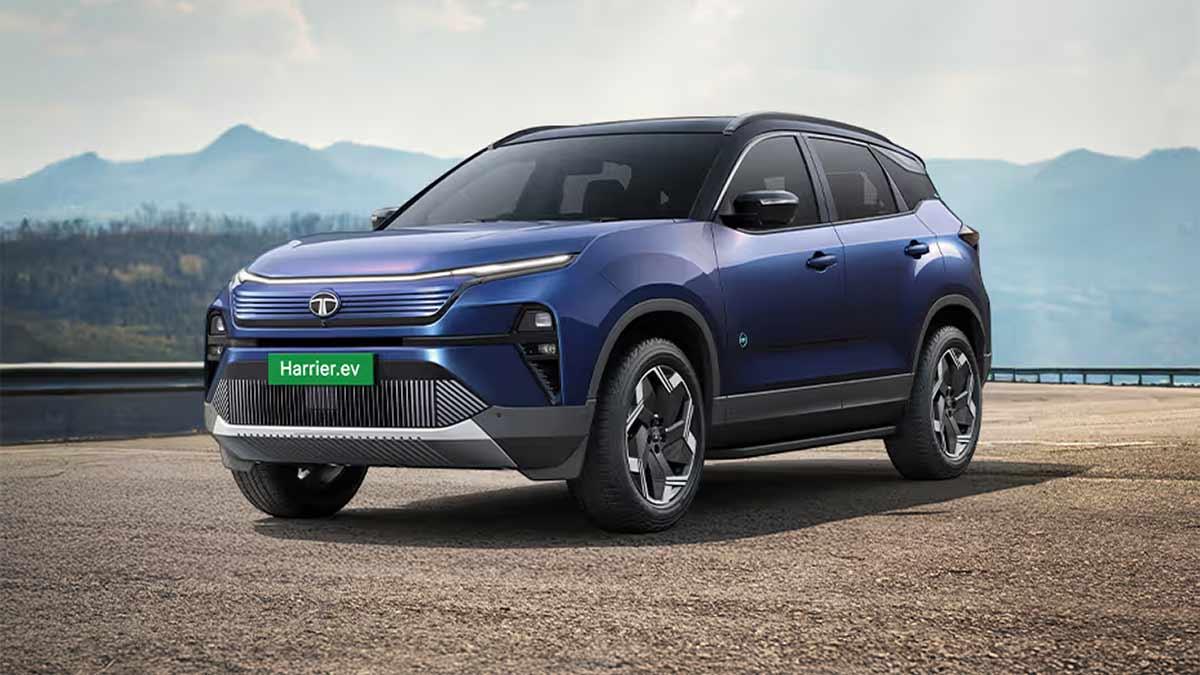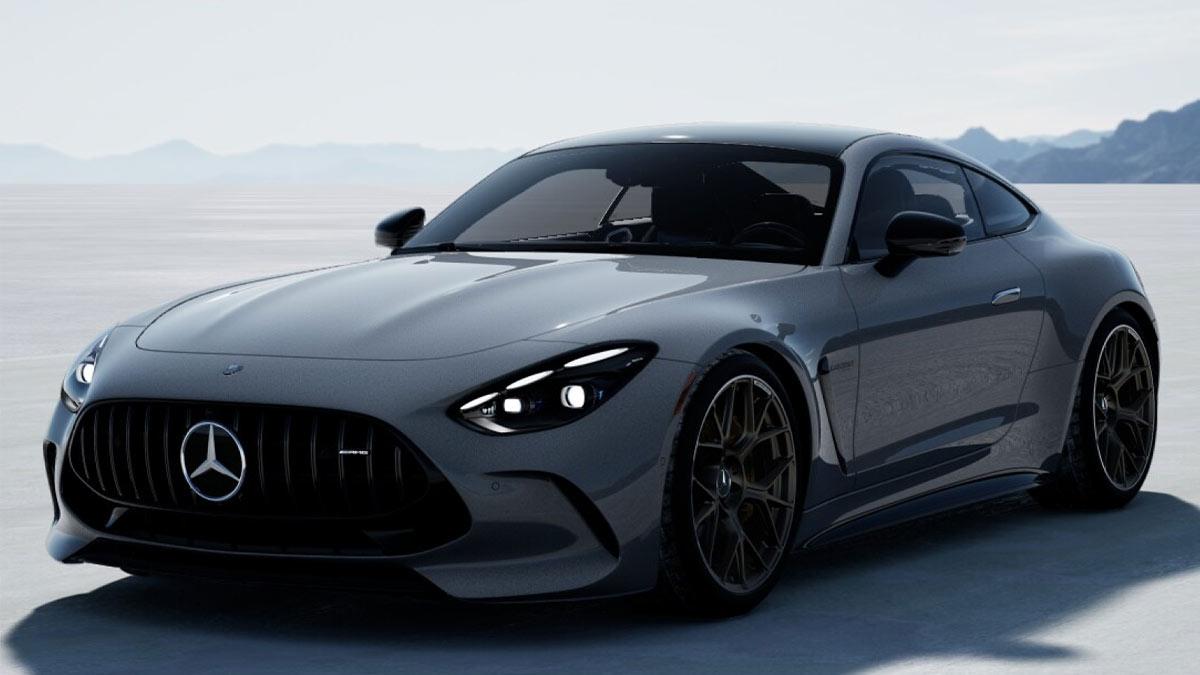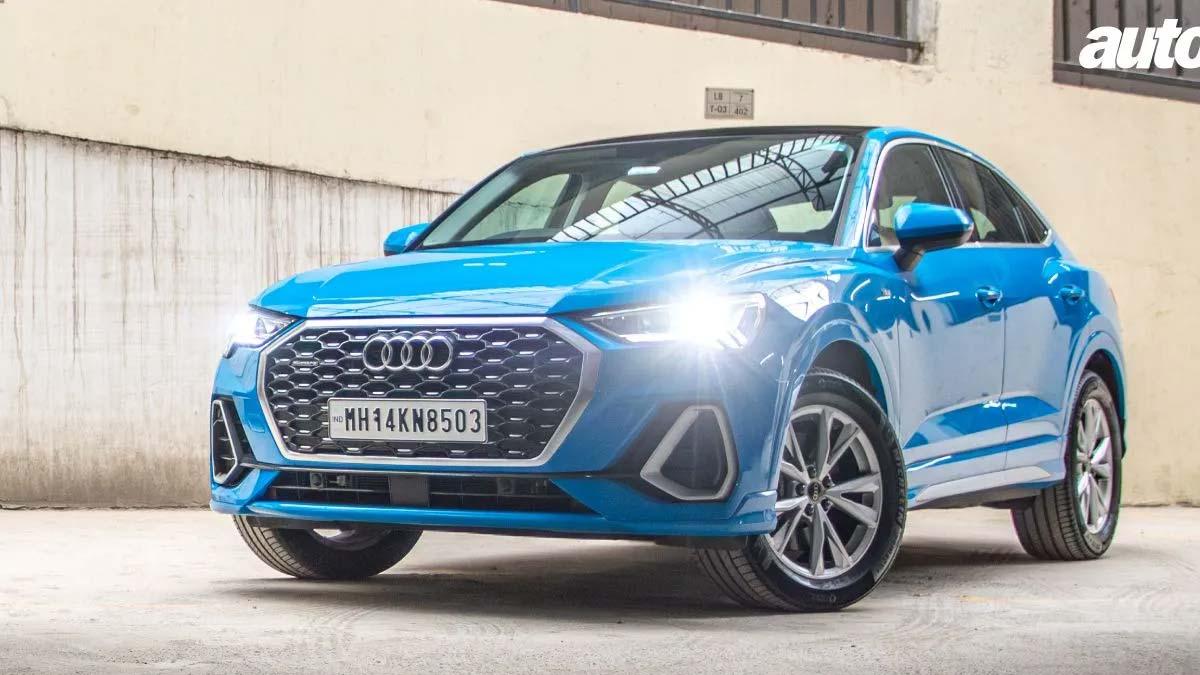While India moves closer to its ambitious vision of being a $5 trillion economy, the automotive sector is at the forefront of driving this growth. The industry now accounts for roughly 7.1% of the country's overall GDP and almost half—49%—of the nation's manufacturing GDP.
Apart from its economic contribution, the automotive sector is a significant employment generator, supporting more than 3.7 crore jobs in different segments. It also contributes to nearly 8% of India's overall exports, further cementing its role as a backbone of the national economy.
No longer merely seen as a commercial endeavor, the auto industry is today a strong ambassador of India's global manufacturing prowess and R&D capabilities.
India's Rising Automotive Profile
By the financial year 2024–25, India has reached the position of being the third-largest motor vehicle market in the world in terms of sales and the fourth-largest in production. More than 31 million vehicles were produced in different segments, such as:
More than 5 million passenger vehicles
Approximately 1 million commercial vehicles
Almost 1 million three-wheelers
Almost 24 million two-wheelers
Export volumes are also staggering, with some 5.7 million vehicles exported to foreign markets like Japan, Mexico, countries in Latin America, and other African markets.
This sweeping growth has been made possible by a series of proactive policy measures on the part of the government that encourage indigenous manufacturing, minimize dependence on imports, enable sustainable mobility, and position India within global supply chains.
PLI Scheme: A Game-Changer for Auto Manufacturing
Leading this change is the Production Linked Incentive (PLI) scheme for the automotive and auto component sector. Supported with a funding of ₹25,938 crore, the scheme looks to strengthen the growth in electric vehicles, hydrogen fuel-based systems, autonomous driving technologies, and other cutting-edge auto innovations.
By as early as January 2025, the scheme had drawn proposals worth over ₹67,000 crore. It is estimated to lead to incremental sales of ₹2.3 lakh crore and create up to 7.5 lakh direct jobs.
Even with $23 billion being approved under PLI schemes across sectors, only $1.7 billion has been released so far—underlining delays in the roll-out and questioning the pace of implementation.
Accelerating EV Adoption with FAME-II
Another major program is the FAME-II scheme (Faster Adoption and Manufacturing of Hybrid and Electric Vehicles), which was sanctioned ₹11,500 crore. It aims to boost the adoption of electric two-wheelers, three-wheelers, buses, and taxis.
So far, more than 1.3 million electric vehicles have availed themselves of this program. The scheme, originally slated to end in March 2024, has been extended to March 2025, keeping the momentum in the electric mobility space going.
Battery Manufacturing and Sustainability Initiatives
Concentrating on the exorbitant cost of EV batteries, which account for over 40% of a car's overall price tag, the government initiated an independent PLI scheme for Advanced Chemistry Cell (ACC) Battery Storage, valued at ₹18,100 crore. Three companies have so far started work to establish battery gigafactories under this scheme with a target to decrease dependence on imported batteries.
At the same time, the Vehicle Scrappage Policy is aimed at scrapping dirty old vehicles to provide a cleaner environment, reduce road accidents, and spur demand for cleaner, more efficient cars.
India's electric vehicle market is progressively growing. Electric vehicles in 2024–25 registered more than 6% of total vehicle sales, dominated mainly by two- and three-wheelers. Remarkably, in May 2025, electric automobile sales crossed 12,300 units, recording over 4% market share for the first time—considerably higher than 2.57% posted during the same month last year.
Read also| Tata Unveils AWD Harrier EV in India, Starting at ₹28.99 Lakh
Read also| Mercedes-AMG GT 63 and GT 63 Pro Launched in India, Starting at ₹3 Crore


















